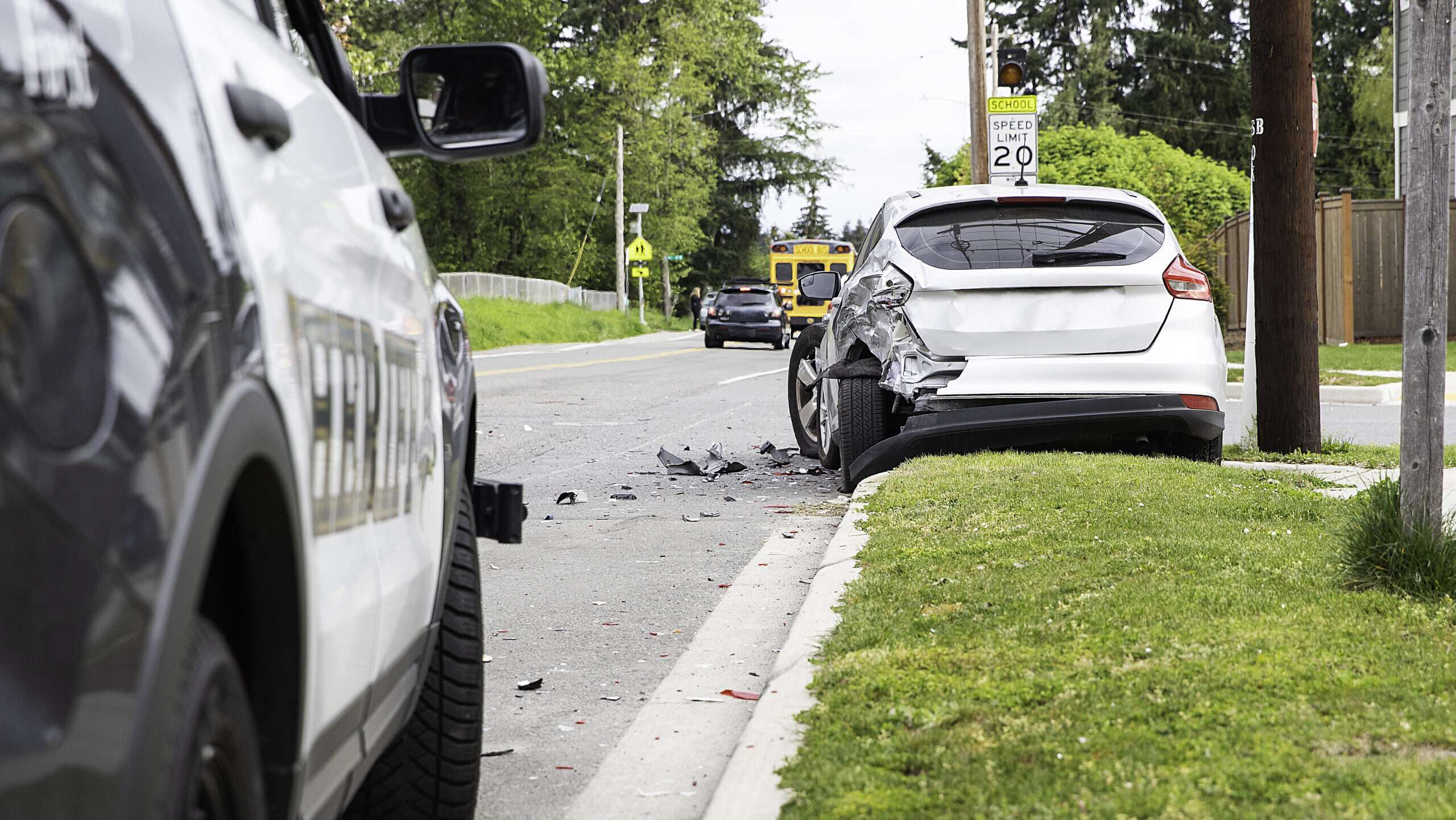During the 1980s and ’90s, there was a strong movement to decrease the legal blood alcohol content (BAC) limit for driving. Mothers Against Drunk Driving (MADD) was established in 1980, and in 2000, President Bill Clinton signed into law the nationwide .08 BAC limit—linking the provision of federal highway funds to state compliance with the new limit.
Today, drunk driving rates are significantly lower compared to several decades ago, with a decrease of about half since the early 1980s, as reported by the National Institutes of Health. Despite this progress, there is renewed debate regarding the legal limit, with a push for further reductions in the allowable BAC level for driving.
The World Health Organization’s (WHO) 2024 global status report on alcohol and substance use disorders highlighted that most countries have adopted a .05 or lower BAC legal limit. Various media outlets like The New York Times and National Geographic have published articles discussing America’s unique position concerning drinking and driving laws.
Supporters of a lower limit point to laboratory and simulator studies indicating that alcohol impairment occurs at levels lower than .08, suggesting that reducing the legal limit could decrease accidents and fatalities. A study based on international BAC levels concluded that lowering the U.S. limit to .05 could lead to an 11 percent reduction in alcohol-related crashes.
Utah made headlines as the first state to lower its BAC level to .05 in 2018, serving as a crucial case study for potential nationwide adoption. The WHO referenced a 2022 National Highway Traffic Safety Administration (NHTSA) report indicating that Utah’s law change resulted in a significant and immediate 20 percent decrease in drunk driving fatalities.
However, the story doesn’t end there.
Despite being published in 2022, the NHTSA study only examined one year of post-.05 data: Utah’s 2019 drunk driving fatalities. Following a notable decrease to 27 deaths in 2019, the numbers rose back to 48 in 2020, 61 in 2021, and a record 69 deaths in 2022.
Despite a 20 percent reduction in drunk driving deaths in Utah in 2019, subsequent data was overlooked in earlier New York Times articles. The post-2019 Utah data was not acknowledged in the National Geographic article or WHO’s report, both published in 2024.
Local Salt Lake Tribune columnist Robert Gehrke, however, presents a different perspective:
In the four years since the law was implemented, there has been a 20 percent increase in alcohol-related crash fatalities, with the last three years setting record highs.
While not blaming the law, Gehrke highlights that the real issue lies with those who excessively drink and drive beyond any legal limit.
A significant portion of fatal drunk driving accidents involve drivers with extremely high BAC levels of 0.15 or more. In contrast, only 16 percent of those in fatal crashes have BAC levels below 0.08, with an even lower percentage in the .05 to .07 range that would be affected by a .05 legal limit.
Repeat offenders are often the worst drunk driving offenders who seem unaffected by legal limits. Around 30 percent of DUI arrests in Utah involve individuals with prior drunk driving charges, with 10 percent having two or more. This harsh reality is often overlooked, as highlighted by MADD founder Candace Lightner, who opposes lowering the legal BAC limit, deeming widespread arrests at .05 impractical.
Supporters of a lower limit may argue that saving even one life justifies the potential increase in DUI arrests. However, adjustments could be made to penalties for those in the .05–.07 range, possibly converting the offense to a civil fine rather than a criminal sanction.
Reducing drunk driving fatalities requires acknowledging and acting upon the available data, rather than ignoring it.






